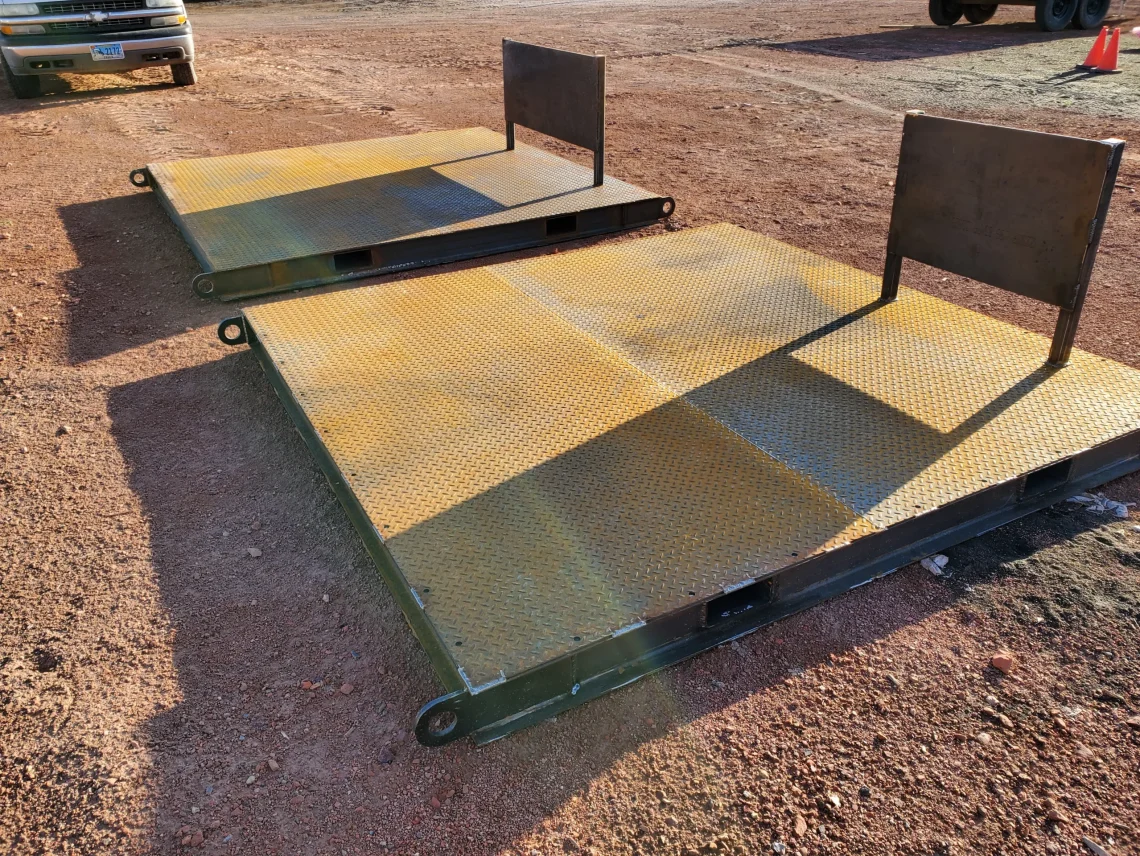
Table of Contents
TogglePackaging Skid Essentials: A packaging skid is a single-deck platform designed for transporting heavy or specialized loads, different from standard pallets. Efficient packaging skid packing helps businesses reduce shipping costs, save warehouse space, and prevent product damage. Key factors include box size, skid material, stacking patterns, and weight distribution. For industries with unique needs, investing in custom packaging skid solutions can greatly improve logistics efficiency and overall supply chain performance.
In the world of logistics and warehousing, the question of how to optimize a packaging skid and specifically, ‘How many boxes fit on a packaging skid?’ is more than just a simple query. A packaging skid plays a crucial role in shipping, storage, and overall supply chain efficiency. Properly optimizing the number of boxes on a packaging skid not only ensures the safety of goods during transport but also maximizes storage space, leading to potential cost reductions and improved sustainability. According to the U.S. Occupational Safety and Health Administration (OSHA), proper material handling and skid usage also reduces workplace injuries.
Surface Area Division: Divide the skid’s surface area by the box’s footprint. This will give you a basic idea of how many boxes can fit on the skid’s surface, without considering stacking.
Packaging skids are not just about stacking boxes; they are a core part of logistics strategy. Businesses rely on custom packaging skid solutions to transport heavy machinery, industrial equipment, and bulk products securely. Unlike standard pallets, a packaging skid can be designed for specialized loads, offering superior stability, reduced product damage, and easier handling.
Industries from oil & gas, manufacturing, and food distribution all use packaging skids to streamline operations. Companies looking for a packaging skid supplier or custom fabrication partner should evaluate load capacity, material type, and compliance with standards such as ASTM and ISO.
In closing, as the world of logistics continues to evolve with technological advancements and changing market demands, the principles of efficient skid packing remain timeless. They serve as a testament to the importance of blending mathematical precision with practical experience. For businesses aiming to thrive in today’s fast-paced market, mastering the art and science of skid packing is not just an option; it’s a necessity.
Optimizing a packaging skid goes beyond simply stacking boxes. It’s a balance of box dimensions, weight distribution, skid material, and stacking methods. Businesses that invest in efficient packaging skid strategies not only reduce costs but also improve safety, sustainability, and overall supply chain performance. Whether you are in manufacturing, distribution, or logistics, the right packaging skid setup can give you a competitive edge.
Looking to optimize your packaging skid strategy or need a partner for custom skid solutions?
Contact Red River today we design and manufacture high-quality skid packages that improve efficiency, reduce costs, and keep your operations running smoothly.
While both support goods in transport, packaging skids typically have no bottom deck and are designed for stability with heavy or industrial items, whereas pallets are more versatile for general storage and shipping.
A packaging skid is a flat, single-deck platform used to secure and transport goods. Unlike pallets, packaging skids are often customized for heavy loads and specialized applications.
The capacity of a skid for storing boxes is primarily determined by its size and load-bearing capacity. The dimensions of the skid dictate how many boxes can be arranged on it, both in terms of area and height. The load-bearing capacity, which is influenced by the skid’s material and construction, determines how much weight it can safely support. This is crucial when stacking heavy boxes to avoid overloading and potential damage.
When arranging boxes on a skid, several factors need consideration:
Yes, there are standard sizes for skids, such as the common 48″ x 40″ North American pallet. The size of the skid affects box placement as it determines the area available for stacking. Standard-sized skids facilitate easier planning for box arrangement and are more compatible with transport and storage systems.
The nature of the goods in the boxes significantly influences skid packing strategies. For fragile items, careful placement with adequate cushioning and minimal stacking height is crucial. For durable goods, higher stacking and tighter packing might be feasible. Additionally, the weight and shape of the goods affect how boxes can be safely and efficiently arranged on the skid.
To ensure safety and stability:
Table of Contents
ToggleIn the realm of industrial solutions, Red River emerges as a pioneer, offering a diverse range of custom-engineered products and facilities. Among our specialties is the design and production of Custom/OEM Pressure Vessels, meticulously crafted to meet individual client requirements, ensuring performance under various pressure conditions. Our expertise extends to the domain of prefabrication, where Red River leads with distinction.
The company excels in creating prefabricated facilities, modules, and packages, reinforcing its stance as a forerunner in innovation and quality. This proficiency is further mirrored in their Modular Skids offering, where they provide an array of Modular Fabricated Skid Packages and Packaged equipment. Each piece is tailored to client specifications, underlining their commitment to delivering precision and excellence in every project they undertake.